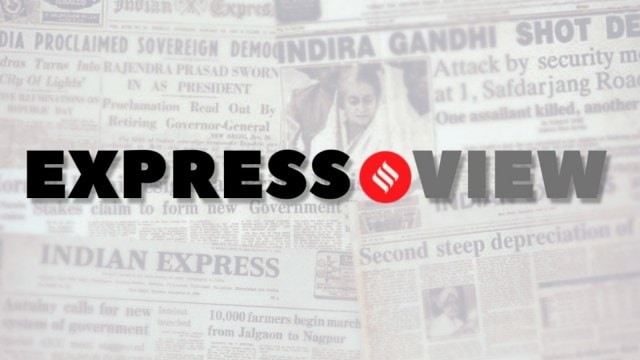
Donald Trump’s tariff wars are beginning to bite beyond China, Canada and Mexico. On Wednesday, the US President signed a proclamation imposing a 25 per cent import duty on automobiles as well as key parts — from engines, transmission and powertrain to electrical components. These come on top of the 25 per cent tariff on all steel and aluminium imported into the US, which was announced on March 12. India may not be a major exporter of steel and passenger cars to the US. But that’s not so with aluminium, where Indian exports to the US were valued at $945.7 million in 2023-24. The US market for its automobile parts is even bigger, accounting for some 27 per cent of the total $21.2 billion worth of exports during the last fiscal. The impact would be more if one accounts for parts exported to auto makers in other countries that, in turn, ship out finished vehicles to the US.
Worse, more could come on April 2. That’s the day when Trump is planning to effect a fresh round of what he has termed “reciprocal tariffs”. It basically means the US charging countries the same duties on their exports that they levy on goods imported by them. Going by the World Trade Organisation’s (WTO) data, the simple average tariff imposed on goods imported by India, at 17 per cent in 2023, was way higher than the 3.3 per cent of the US. The tariff differential was higher (39 per cent versus 5 per cent) when it came to agricultural products. If the Trump formula were to be implemented in toto, India faces the prospect of both its exports taking a hit (in the event of the US raising duties) and being inundated by imports (if forced to cut tariffs to match US levels). What Trump would do on April 2 — whether he will offer some concessions or, on the contrary, extend reciprocal tariffs to even factor in local taxes and non-tariff restrictions on imports — is a matter of speculation.